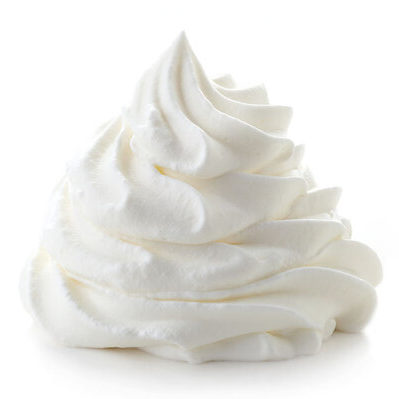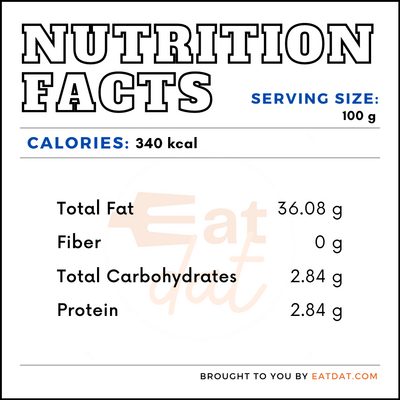
Cream
What is Cream?
Cream is a dairy product gathered from the fat layers of milk. Traditionally, it may be gathered by heating the milk, which brings the cream to the top. Centrifuges are used to do the same in industrial production.
- There are several different types of this dairy product, such as: half and half, single, double, soured, clotted, whipped cream, crème fraîche, smetana, and rømme.
- The fat content in different varieties may be anywhere between 10 to 55 percent.
The top 10 dairy brands in the world are:
- Nestlé (Switzerland)
- Danone (France)
- Lactalis (France)
- Dairy Farmers of America (USA)
- Friesland Campina (Netherlands)
- Fonterra (New Zealand)
- Arla Foods (Denmark)
- Yili (China)
- Saputo (Canada)
- Mengniu (China)
Origin of cream
The first animals to be milked for human consumption were the now-extinct aurochs, around 8,000 to 10,000 years ago, probably in Central or Northern Europe. It is now commonly thought that milk-drinking became common under famine conditions when nothing else was available. Moreover, this dairy product is believed to have been invented by accident when travelers carried milk in goatskin or sheepskin bottles. The constant shaking and moving would have separated the cream from the milk.
Nutrition
100 grams of heavy cream has around 340 calories. The nutritional profile for this dairy product is:

In addition, it contains essential micronutrients such as calcium, phosphorus, potassium, sodium, choline, vitamin A, retinol, carotene, vitamin K, essential fatty acids, and cholesterol. Also, this and other dairy products reduce the risk of diabetes, cardiovascular diseases, and stroke, as well as increase bone mineral density. Additionally, this dairy product may help in reducing the risk of developing certain types of cancers. Nonetheless, the consumption of dairy fats, such as cream, has been linked to reduced risk of childhood obesity.
Commercial production
The top global producers of this dairy product are Germany, France, Canada, Russia, Belgium, Spain, Italy, Sweden, Austria, Saudi Arabia, and Lithuania. This dairy product is obtained by separating the fat from the milk. Commercial cream uses centrifugation technology to separate the fat. Then, the fat is skimmed off and homogenized to increase the viscosity. Finally, it is pasteurized and matured before packaging.
Fresh varieties must be stored in the fridge and can last up to two weeks. However, varieties with higher fat content can even be frozen.
Cream recipes
This is used in a variety of ways. This dairy product can help thicken beverages like tea and coffee. Also, it used to thicken gravies, soups, and sauces. It is a key ingredient in many desserts. Plus, it is used in preparing ice cream and cheeses, such as ricotta and mascarpone. It is an integral component of different cuisines. Here are a few recipes:
- Pound Cake
- Cornish Shortbread
- Cream Puffs
- Pancakes
- Creamy Hot Pepper Shrimp Stir-Fry
- Malaysian Baked Papaya with Ginger
- South African Malva Pudding
- Peanut and Pineapple Soup
- Bobotie
- Pollo en Crema
- French Toast
FDA regulations
The FDA defines this dairy product as the liquid milk product high in fat separated from milk, which may have been adjusted by adding milk, concentrated milk, dry whole milk, skim milk, concentrated skim milk, or nonfat dry milk. It must contain at least 18 percent milkfat. Sour cream is defined as cream resulting from the souring, by lactic acid producing bacteria. Half and half is the food consisting of a mixture of milk and cream, which contains not less than 10.5 percent but less than 18 percent milkfat. Heavy cream refers to cream containing at least 36 percent milkfat. All varieties of this food product fall under the umbrella category of dairy products.
References
Miss Cellania, The History of Dairy Products, Neatorama, https://www.neatorama.com/2011/03/31/the-history-of-dairy-products/
Thorning, Tanja Kongerslev et al. “Milk and dairy products: good or bad for human health? An assessment of the totality of scientific evidence.” Food & nutrition research vol. 60 32527. 22 Nov. 2016, doi:10.3402/fnr.v60.32527, https://www.ncbi.nlm.nih.gov/pmc/articles/PMC5122229/
